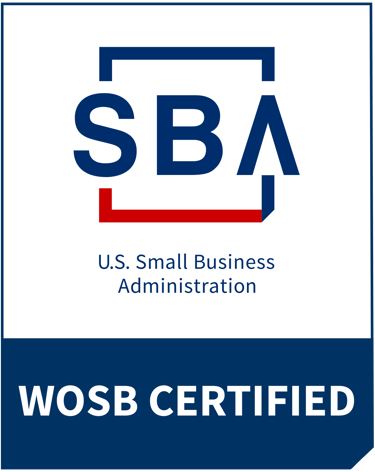Register for my upcoming Build an AI Content Team: Elevate Your Writing, Scale Your Impact course on Maven
If your AI feels like a vending machine, you’re using it wrong
Natalie Lambert
7/18/20253 min read


Welcome to Prompt, Tinker, Innovate—my AI playground. Each edition gives you a hands-on experiment that shows how AI can sharpen your thinking, streamline your process, and power up your creative work.
This week’s playground: Turn your AI from a passive tool into an active collaborator
How often have you tossed a great idea into your favorite AI tool, only to get a response that’s bland, generic, and completely misses the mark?
You know the feeling. You have a complex problem or a nuanced request, but AI gives you the most surface-level answer imaginable. You then find yourself in an endless cycle of re-prompting, adding more and more context, hoping the next output will finally "get it." This is the "prompt-and-pray" approach, and it’s a massive waste of time and creative energy.
The problem isn't always AI; it's the dynamic. We treat it like a search bar, giving it a single command and expecting a perfect result. But what if you could force it to act less like a vending machine and more like an expert consultant who interviews you before starting the work?
The shift: From instruction to conversation
The most significant leaps in output quality come when you force AI to shift its role from a passive order-taker to an active partner. A great consultant doesn’t just answer your question; they ask better questions first. They probe for hidden assumptions, clarify goals, and understand the context before ever drafting a solution.
You can trigger this shift on demand. By adding one simple instruction to your existing prompts, you can force AI to pause, think, and engage with you to build a richer understanding of your request. This turns a monologue into a dialogue, and the results are answers that aren't just accurate, but are deeply relevant, tailored, and far more insightful.
Your AI experiment: The consultant clause
This week, we're experimenting with a powerful clause that you can add to almost any prompt to dramatically improve the quality of the response.
👉 Time to tinker: Take any prompt you're working on and add the following instruction at the end. This is what I call the "consultant clause"—a block of text that tells AI to stop and ask questions before generating a final answer.
📝 Prompt: “Before you provide your answer, ask me clarifying questions to fully understand my needs, context, and what a successful outcome looks like. Ask them one by one. When you are confident you have enough information to provide a complete and tailored solution, state that you are ready and wait for my permission to proceed.”
How to use it:
Write your primary prompt as usual. For example: "Write a blog post about the benefits of remote work for small businesses."
Add the "consultant clause" to the end of your prompt.
Submit the combined prompt. AI will now ignore its impulse to answer immediately and will instead start a diagnostic conversation with you.
Answer its questions one by one to guide it toward the perfect response.
Example combined prompt: "Help me brainstorm a name for my new podcast about sustainable home gardening. Before you provide your answer, ask me clarifying questions... [etc.]"
⚠️ Be prepared for a dialogue. This method turns a one-shot request into a back-and-forth conversation. It takes a few extra moments but yields dramatically better and more personalized results.
💡 Pro-tip:
Combine with a persona: This technique is even more powerful when you give the AI a role. For example: "Act as a world-class branding expert. I need help naming my new company. Before you provide your full answer, ask me clarifying questions..."
Give it guardrails: If you're in a hurry, you can set a limit. Add this sentence to the clause: "Ask me no more than five clarifying questions before you proceed."
Guide the inquiry: After it asks a question, feel free to steer the conversation. For example: "Good question. Now, ask me about the target audience's pain points." This lets you direct the discovery process.
What did you learn?
Try adding this clause to a real prompt you're working on this week. Run the experiment and see how it transforms the AI's output from generic to genuinely helpful.

